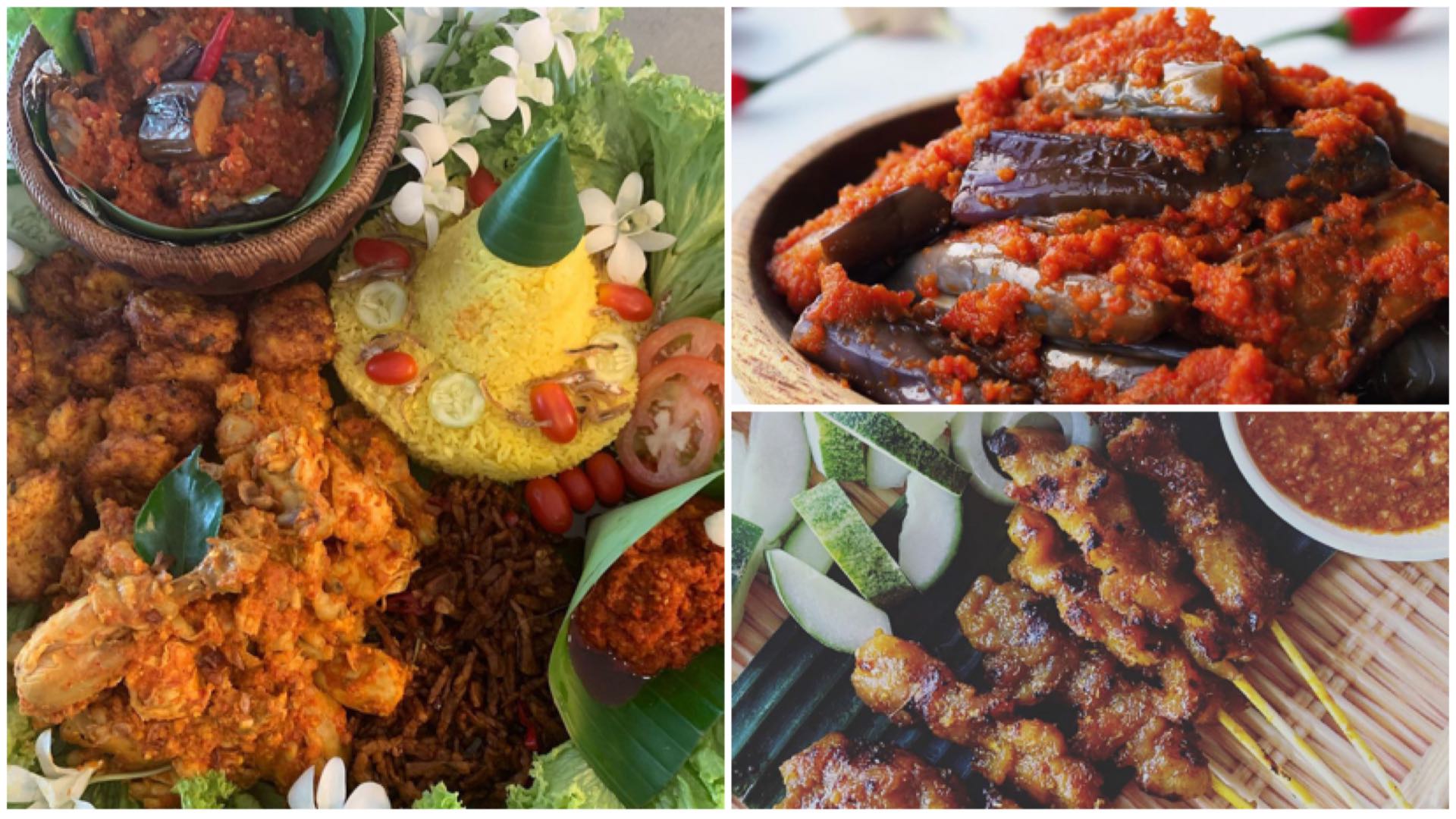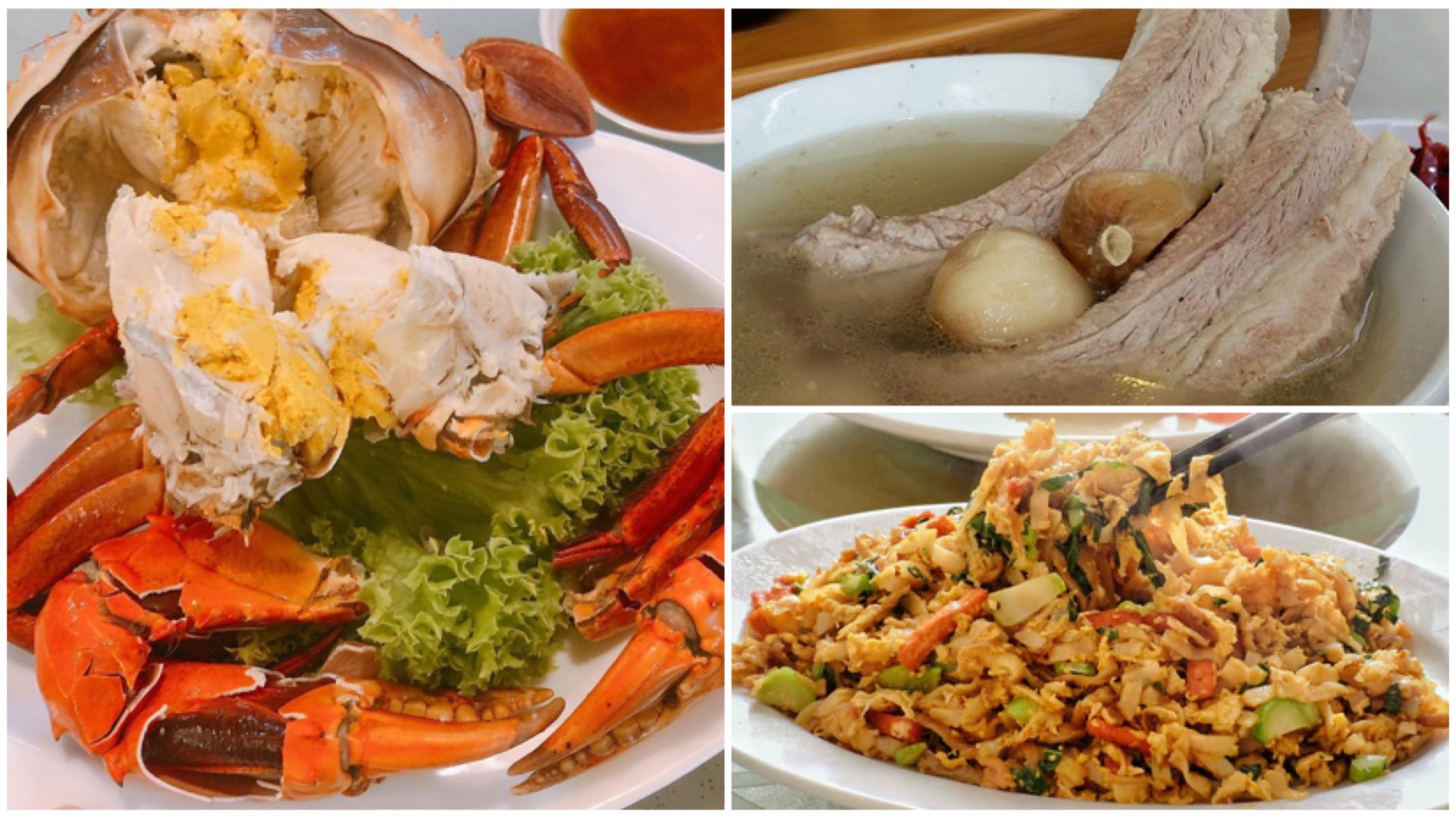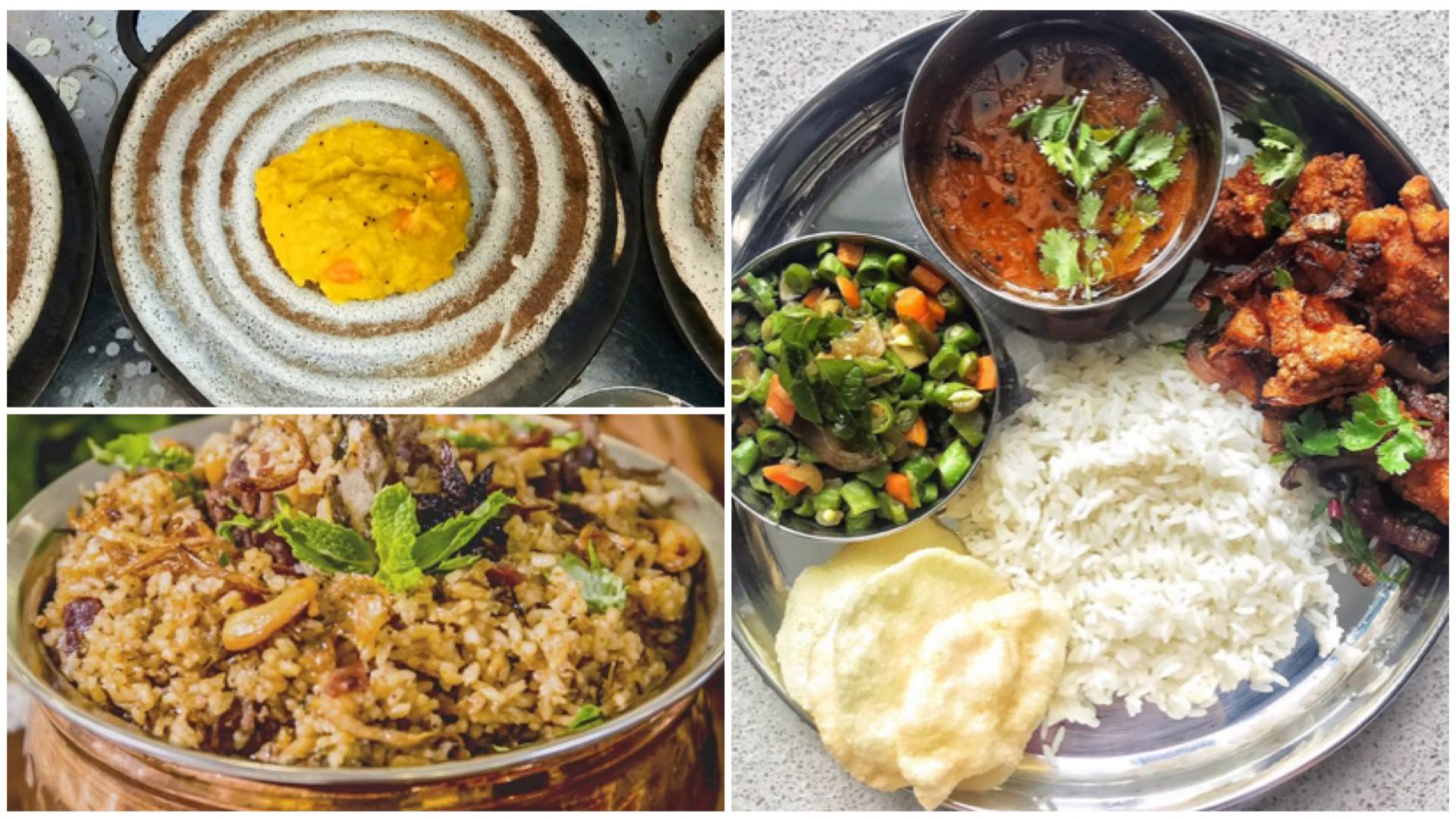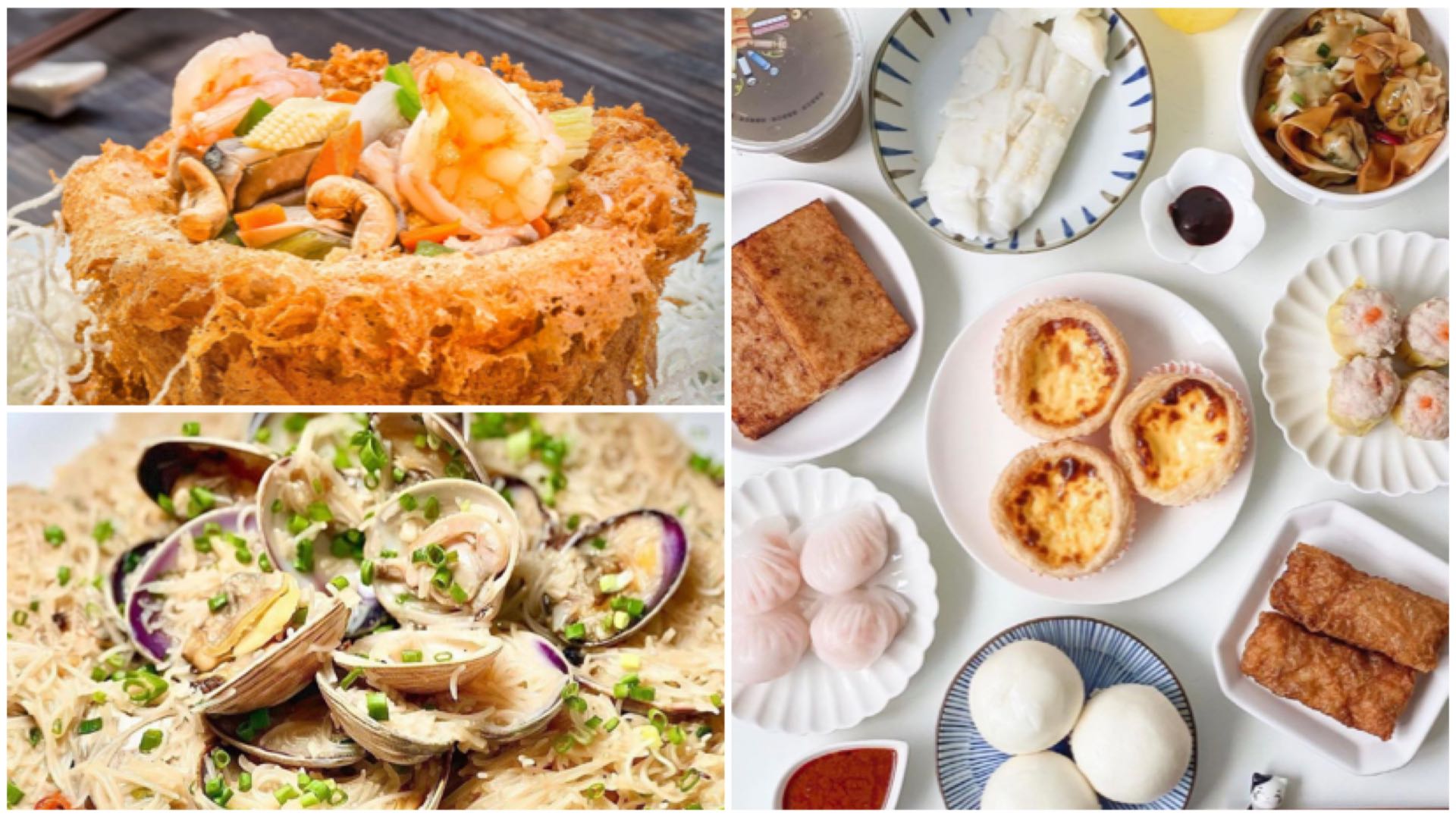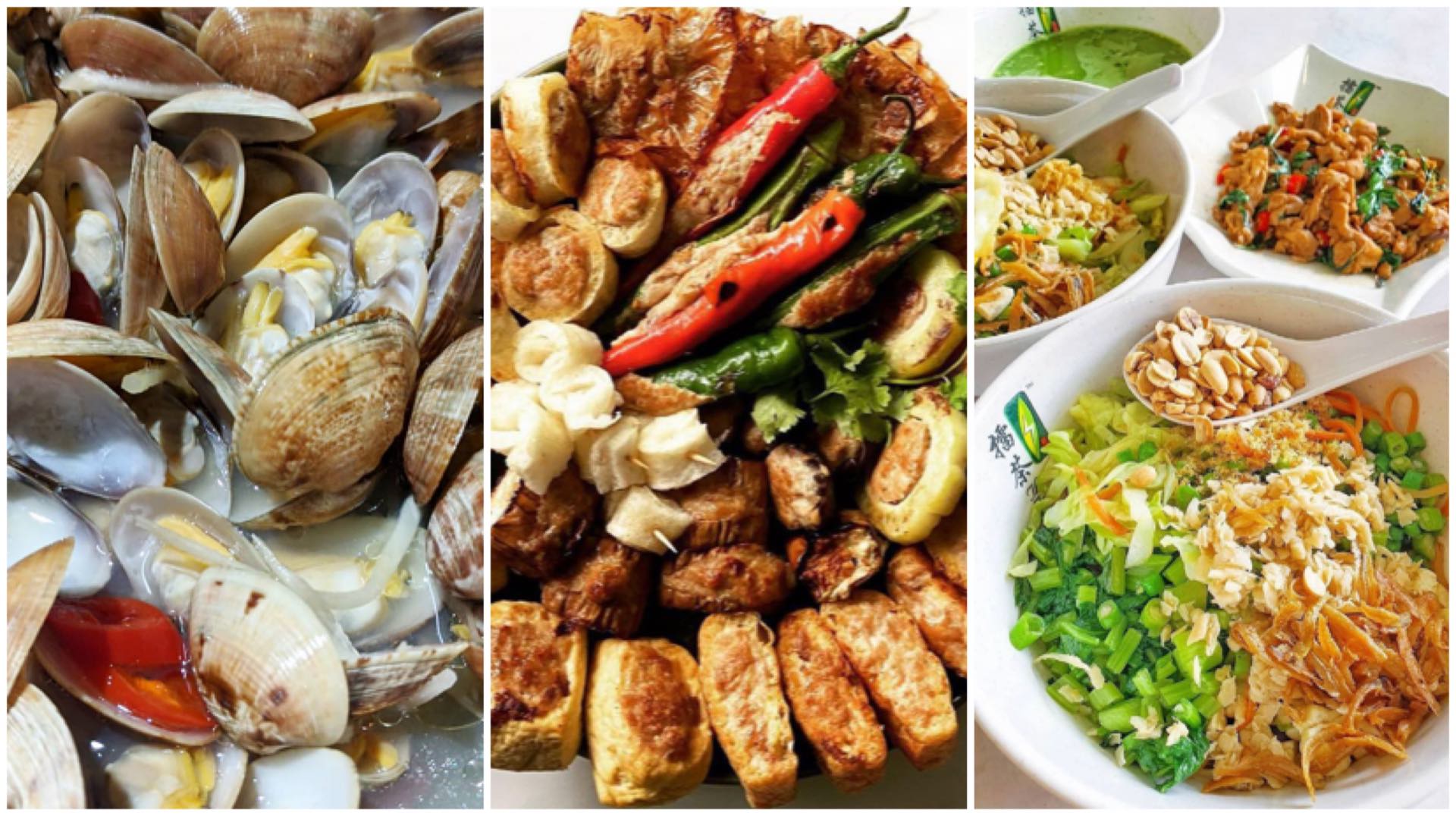Singapore Shiok: Javanese Cuisine On Our Little Red Dot
Satay, ketupat, gado gado, soto ayam. These familiar foods, often lumped into the general Malay canon, all originate in Java, Indonesia’s most populous island. They came to Singapore by way of Javanese migrants who settled here to find work as craftsmen and merchants when the British founded its trading settlement in 1819.
<Post edited for factual accuracy> Did you know that Javanese influence in Singapore actually go as far back as the...
Posted by Singapore Bicentennial on Friday, 8 February 2019
Back in those days, conditions in Java were tough. Its population was growing at a far larger rate than its land could accommodate, leading to rampant poverty. As a result, a large number of Javanese arrived across Malaya in the latter half of the 19th century as contract labourers for large-scale plantations and the mining industry.
They brought the heat
Among the many culinary delights the Javanese brought is sambal. That’s right, Singapore’s favourite condiment has its roots in the Indonesian island which boasts hundreds of variants.
Sambal bajak, for instance, made by stewing mildly spicy red chillies, palm sugar and the likes of galangal and salam (bay) leaves over a low flame, originated in East Java and was made for farmers working in the field.
The use of mildly spicy chillies ensured that there was little risk of causing a stomach ache in the middle of the farmers’ workday.
Posted by Clarence Chiong on Saturday, 4 July 2015
Another iconic dish they brought was satay. The skewered and grilled meats are said to have arrived in Indonesia in the 1400s by way of the Arabs, Indians and perhaps the Chinese, all of who had a food history of grilling meats.
Between the 1800s and the 1920s, Singapore’s hawkers sold their satay which they carried in baskets on a bamboo pole slung across their shoulders as they walked from street to street, grilling the meats to order.
As evidenced by Java’s beautifully terraced rice fields, rice is an integral part of Javanese food culture. According to “Rice Legends of Indonesia” by Justus M Van Der Kroef, “Rice has been regarded by many Indonesians as a miraculous gift of the gods”.
The Javanese cook it in numerous ways such as nasi uduk (rice cooked in coconut milk), nasi kuning (rice cooked in turmeric-scented coconut milk, shown above), ketupat lontong (rice compressed in banana leaves), and intip (rice made into crackers).
In Singapore, ketupat – diamond-shaped rice cakes wrapped in intricately woven coconut leaves – is often eaten alongside satay and served at special occasions such as Hari Raya Puasa and Malay weddings.
Where to find it
Now widely regarded as part of the Malay-Muslim population, the Javanese continue to make up the largest Malay sub-group in Singapore. Their dishes are available in just about every hawker centre and in many restaurants.
Satay connoisseurs know that Haron Satay, which opened in 1980 at East Coast Lagoon Food Centre where it continues to ply its trade, is among the best. It also boasts a café along Upper East Coast Road where diners can eat in or buy ready-to-cook items such as satay goreng to enjoy at home. Another popular purveyor is Zaiton Satay at #01-17 Adam Road Food Centre, which serves excellent tripe and mutton satay.
Soto ayam, which originated in East Java, is another sensational dish that deserves mention. An excellent rendition can be had at Inspirasi, a family-run stall at #01-64 Bedok Interchange Hawker Centre.
Diners can choose to have yellow noodles or nasi impit (compressed rice cakes) in the deeply flavourful broth swimming with shredded chicken and beansprouts.
Home-based businesses have also made traditional Javanese dishes ever more accessible to the public. On Instagram, Indonesian-Peranakan Christina Hunter sells excellent nasi tumpeng and nasi liwet sets heaving with delicious sides that might include braised chicken, orek tempeh (cooked in spices and kicap manis) and corn fritters.
Stay-at-home mum, Caecilia Leong, also makes a feted range of sambals including sambal ijo (a punchy green chilli sambal) and sambal uleg or terasi (a red chilli sambal spiked with fermented shrimp paste) which she sells under the label Sambaliciouz.
For the latest updates on Wonderwall.sg, be sure to follow us on Facebook, Instagram and Telegram. If you have a story idea for us, email us at [email protected].

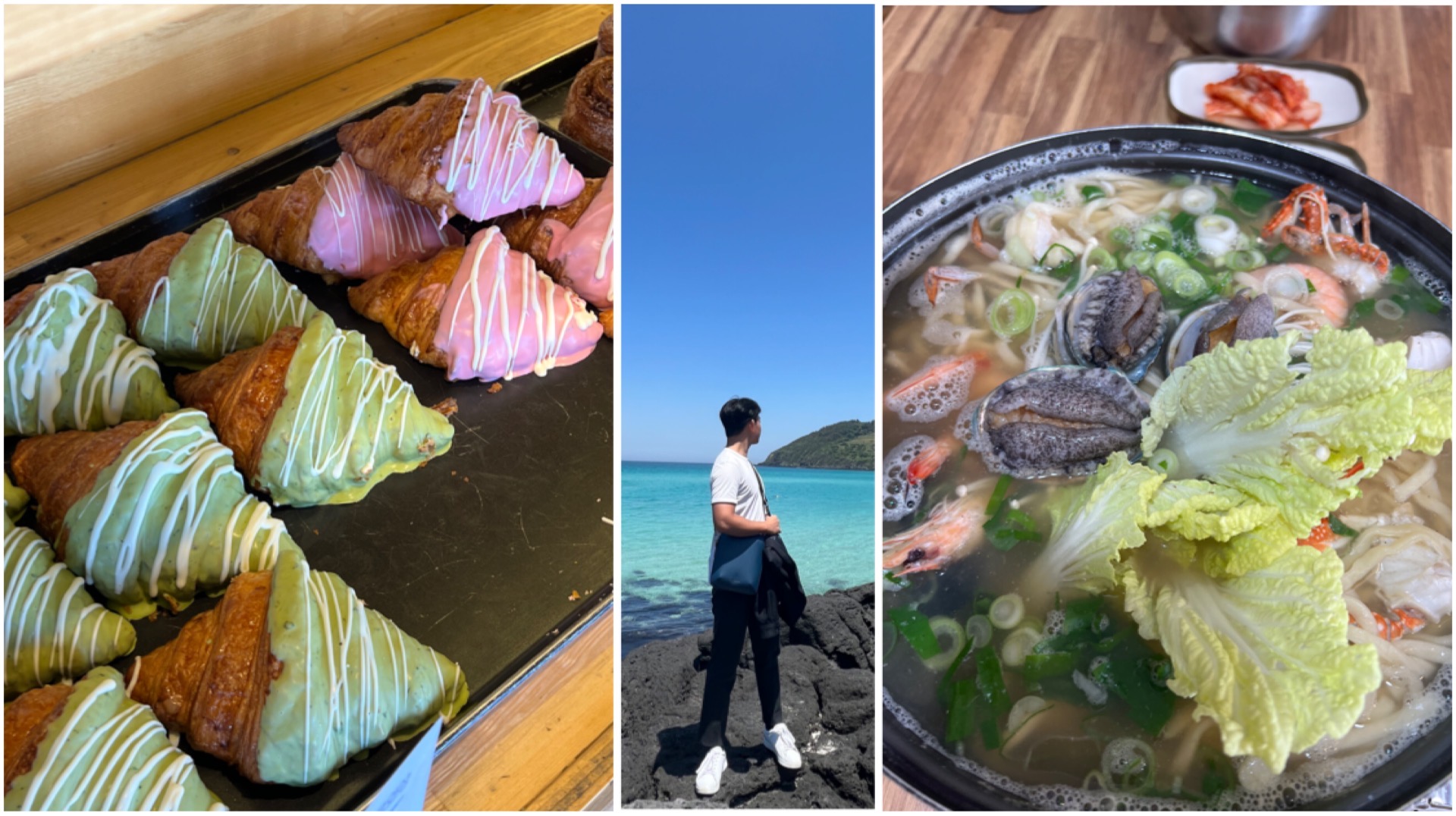

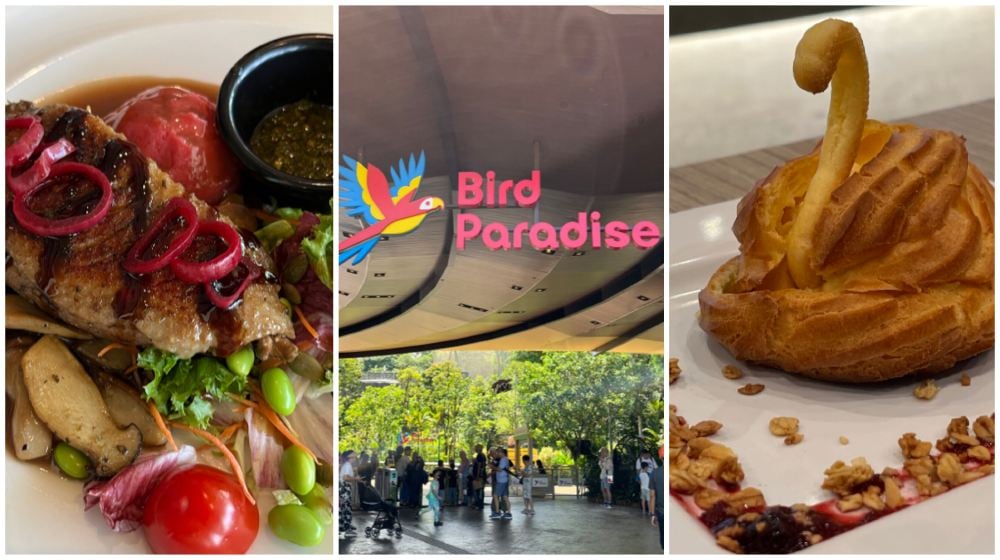

/roundup_19_april_2024_rectangle.jpg?sfvrsn=898f23d7_1)

